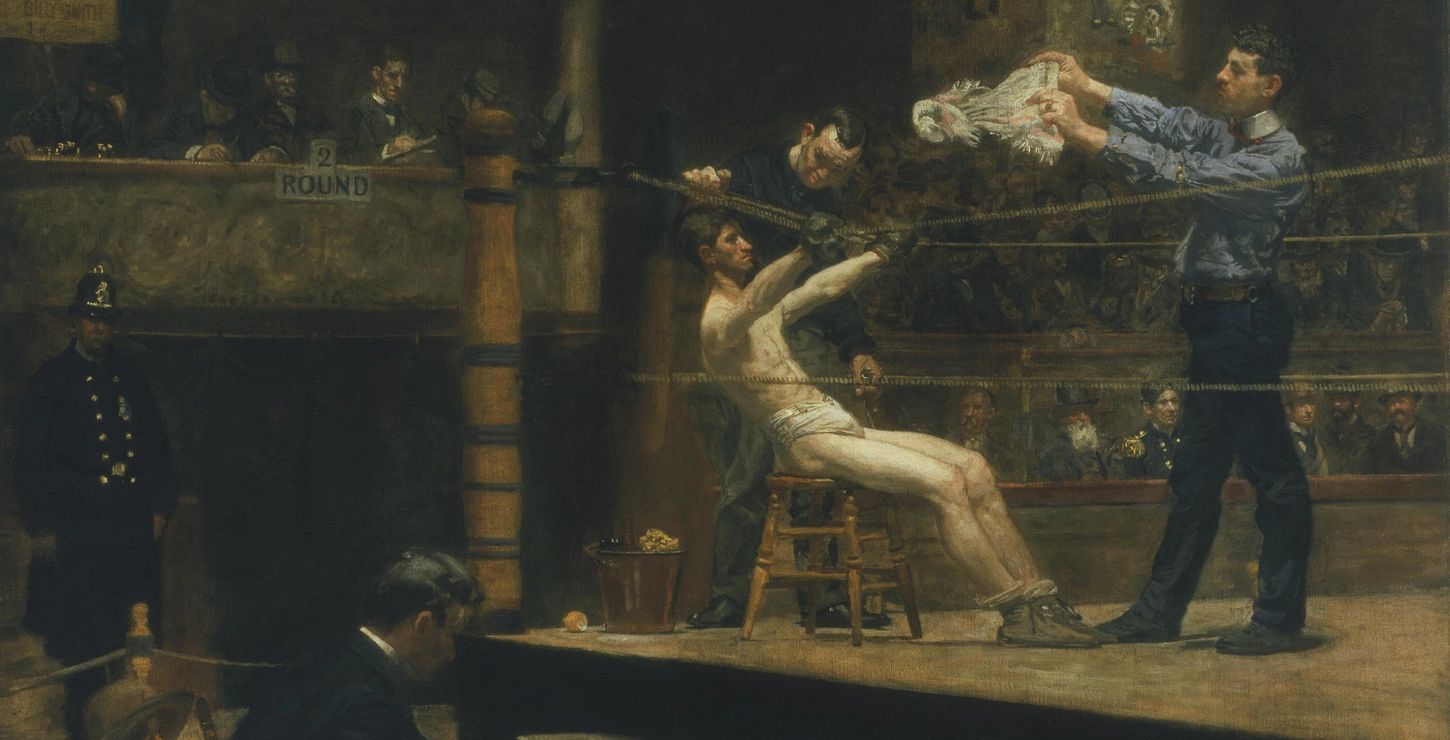Main Building
Mother of games, gold-wreathed, Olympia, mistress of truth … accept this our festival song with its burden of garlands. (Pindar). Sport has long served art as one of its happiest sources. Well before words, art recorded man's tests of strength and agility, his games and diversions. In their earliest forms, sports probably were largely a utilitarian matter -- rocks hurled and arrows sent flying in a dry-run for the more serious business of survival. With the advent of high civilizations came freer forms of sport. The Chinese introduced a system of gymnastics and the Egyptians wrestled, boxed, and, like the Aztecs and Mayans, played ball and hoop games. Yet it was the Greeks who first embraced sports as a truly integral part of their religious and cultural lives. In the physical perfection of the athlete, the Greek citizen perceived the embodiment of his highest moral and intellectual ideals. Among the religious sites where major games were held, Olympia became the most important. The ancient Olympic Games are recorded as having begun in 776 B.C. With greater and lesser success, the organizers sought to temporarily suspend political differences while representatives from the whole of Greece competed in a show of Panhellenistic unity. The Romans continued the Games, which survived in a diluted form until the 5th century A.D. The early Olympic program stressed contests of a Spartan type, tests of human endurance and strength, with a view to military skills. Gradually the repertoire of events was expanded to include more spectacular competitions, such as chariot and horse racing. The enlarged program brought the professional athlete, as well as potential for corruption. With his contempt for things of this world, the medieval Christian had little sympathy for the ancient ideal of a harmonious physical culture. Sports themselves, as well as their images, thus became very scarce. With the feudal institution of chivalry came an acceptance once more of the educational and military value of sports, and the Renaissance brought a return of the appreciation of the beauty of the human form. Nonetheless, nothing like a sporting ideal existed until after the democratizing social upheavals of the late 18th century. Following these events sports were no longer the preserve of the rich and the noble. Furthermore, the advent of modern science and technology gave people more leisure and hence more time for sports. In Napoleonic France physical fitness virtually became a patriotic duty and in the 19th century England and America burgeoning numbers of sports clubs and associations appeared. The increasing acceptance of physical exercise and athletics as positive forms of recreation laid the groundwork for Baron Pierre de Coubertin's revival of the Olympic Games in Athens in 1896 and for the mass following which sports received in the 20th century. Since is it often easiest, if not safest, for an artist to follow artistic precedent, time-honored sports themes, such as hunting and horse racing, tended to dominate 18th and early 19th century art. In the latter half of the 19th century, artists developed a more balanced response to sports, as can be seen here in Thomas Eakins' many sports scenes. Major contemporary painters and sculptors, perhaps out of some sense of being pre-empted by the successes of photographers in the reporting and interpreting of sports, have rarely dwelled on sports themes. Nonetheless when they have addressed such subjects (see the works of Katz and Curnoe) they have offered fresh insights and perspectives. Recognizing that comprehensiveness is not possible in an exhibition of this scale, we have restricted our selection to a sampling of Olympic sports and related athletic activities. Just as certain sports have had great popular appeal without finding wide representation in art, others have captured artists' imaginations while failing to win a large following in the sporting world. Clearly artists have had their own criteria for representation. Nonetheless their legacy is an eloquent testament to the beauty and achievement of the athlete.
